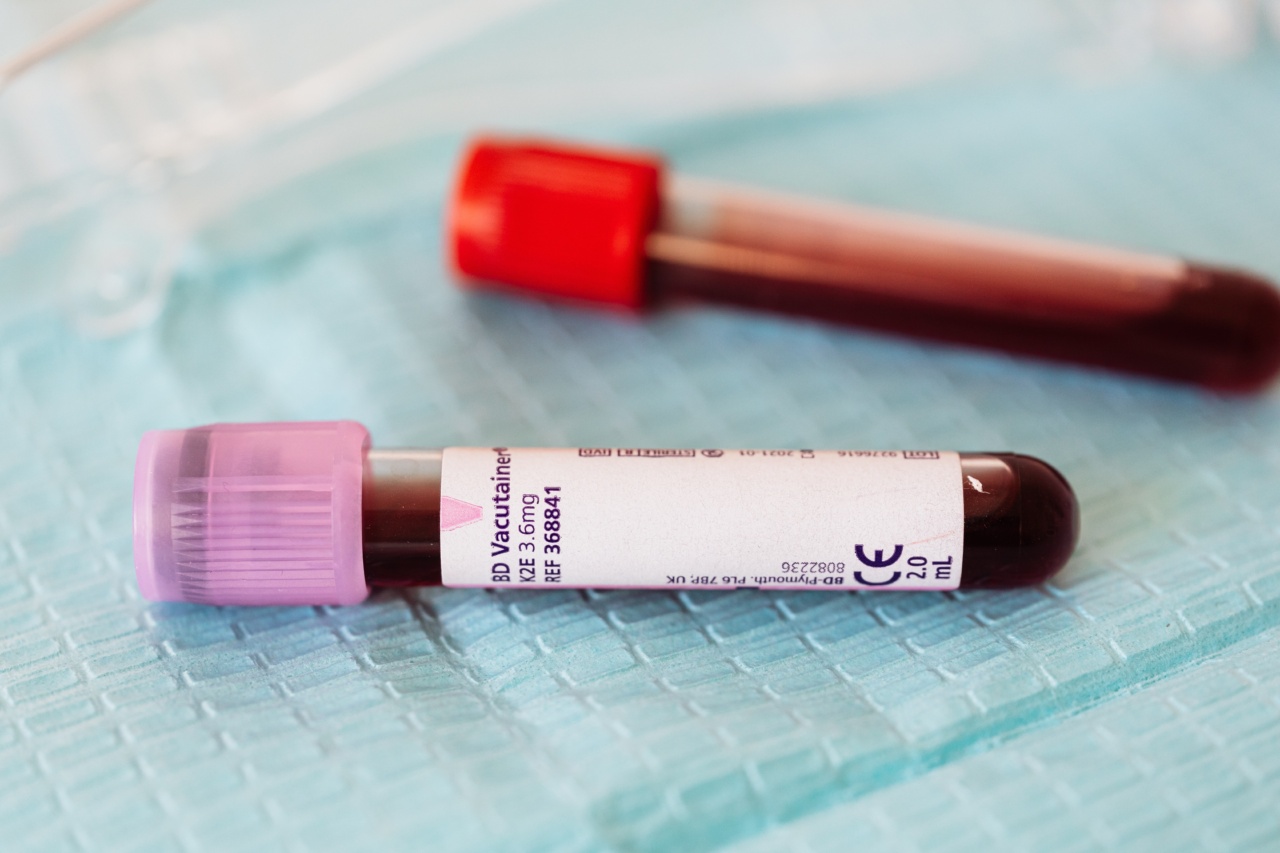According to the National Osteoporosis Foundation, approximately 54 million Americans have osteoporosis or low bone mass, putting them at risk of bone fractures.
Hip fractures, specifically, are a major concern for elderly individuals and can lead to significant disability, loss of independence, and even death. Researchers have been working to develop more accurate methods of predicting hip fracture risk in osteoporotic patients, and a recent study has revealed promising results with a blood test.
What is osteoporosis?
Osteoporosis is a condition in which bones become brittle and weak due to a loss of density. This can occur when the body doesn’t produce enough new bone tissue or when too much old bone tissue is absorbed.
As a result, bones can become so weak that they may fracture easily, especially in the hip, spine, and wrist.
Risk factors for osteoporosis
There are several risk factors that may increase an individual’s chances of developing osteoporosis, including:.
- Being female
- Having a small frame
- Being postmenopausal
- Having a family history of osteoporosis
- Smoking
- Drinking excessive amounts of alcohol
- Being physically inactive
- Not getting enough calcium and vitamin D
- Taking certain medications, such as corticosteroids or anticonvulsants
The importance of predicting hip fracture risk
Hip fractures are a major concern for elderly individuals, and predicting the risk of this type of fracture can be an important step in preventing or managing osteoporosis.
Hip fractures can lead to hospitalization, surgery, and extended rehabilitation, as well as an increased risk of death.
With new methods of predicting hip fracture risk, healthcare providers can more accurately identify individuals who may be at risk and take steps to prevent fractures from occurring.
This can include prescribing medications to increase bone density, recommending exercise and physical therapy, and providing advice on lifestyle changes to reduce the risk of falls.
The study: Blood test predicts hip fracture risk
A recent study published in the Journal of Bone and Mineral Research has revealed that a blood test can provide an accurate prediction of hip fracture risk in osteoporotic patients.
The study involved over 4,000 postmenopausal women with osteoporosis who were followed for an average of 7.2 years.
Blood samples were taken at the beginning of the study, and the levels of several biomarkers were analyzed to determine if they could predict hip fracture risk.
The researchers found that one particular biomarker, called serum collagen type I alpha 1 C-terminal telopeptide (CTX), was strongly associated with the risk of hip fracture.
Women with the highest levels of CTX had over four times the risk of hip fracture compared to those with the lowest levels.
What is CTX?
CTX is a biomarker that is released into the bloodstream when bone tissue breaks down. Elevated levels of CTX may indicate that bone is being lost more quickly than it is being replaced, leading to a loss of density and an increased risk of fracture.
What does this mean for osteoporotic patients?
The results of this study are promising for osteoporotic patients who may be at risk of hip fracture.
By measuring CTX levels in the blood, healthcare providers may be able to identify individuals who are at an increased risk of fracture and take steps to prevent this from occurring.
The researchers note that further studies are needed to determine the optimal frequency of testing and the most effective prevention strategies for individuals at high risk of hip fracture.
However, the use of biomarkers like CTX provides a promising avenue for improving fracture risk prediction and reducing the burden of osteoporotic fractures on individuals and society.
In conclusion
Osteoporosis and hip fractures are major concerns for aging populations, and healthcare providers need reliable methods of predicting fracture risk in order to prevent and manage these conditions.
The recent study showing that blood tests can accurately predict hip fracture risk in osteoporotic patients provides a promising new avenue for fracture prevention. With further research, healthcare providers may be able to optimize fracture risk prediction and reduce the burden of osteoporotic fractures on individuals and society.






























